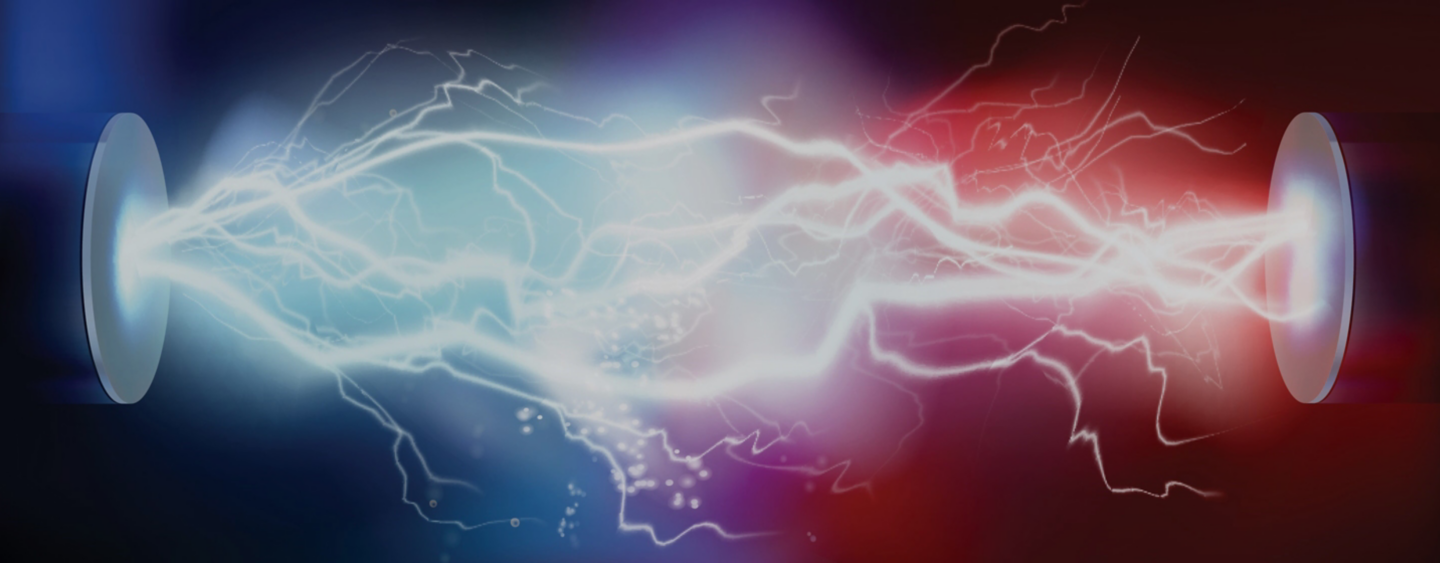In the world of electrical distribution, transformers are critical equipment that ensure reliable power supply. However, transformers are at risk from a relatively unknown phenomenon that demands our attention – Transient Voltage.
Transient Voltage, often elusive yet disruptive, is a phenomenon that affects transformers during critical operations, such as the switching of circuits. When electrical systems rely on the efficient current-chopping capacity of devices like Vacuum Circuit Breakers (VCBs) or SF6 Circuit breakers, they inadvertently create a new challenge.
How transient voltage is generated.
Vacuum circuit breakers (VCBs) are like highly efficient switches within electrical systems, providing an essential layer of safety and reliability. They play a pivotal role in maintaining the integrity of electrical networks. However, in specific scenarios, during their switching operations, or when similar devices like SF6 breakers perform similar actions, they can introduce significant and unpredictable transient voltage surges.
These surges have the potential to accelerate the aging and deterioration of insulation materials and elevate the risk of equipment failures, notably affecting critical components like transformers.
The underlying mechanism involves the release of magnetic energy during a VCB's disconnection phase. This energy subsequently gives rise to transient voltage fluctuations, resembling rapid and potent electrical oscillations. These fluctuations possess the capacity to inflict damage on electrical equipment and introduce the possibility of recurring transient voltage events and associated electrical issues.
Here are results of transformers tested by Hitachi Energy that show the impact of transient voltages.
Phase-to-phase voltage based on actual lab testing- disconnection of inductive load in 20kV Dry type and liquid immersed transformers
Fig 1(a): Dry type transformer without any protection
Fig 1(b): Liquid immersed transformer with surge arresters installed only phase-to-ground
Transient voltage arises as a consequence of the intricate dynamics at play when VCBs are engaged or disengaged. The formation of transient voltage can be attributed to the following process:
1 - Switching Operation: When a VCB is activated to interrupt the electrical current flow, it accomplishes this task with remarkable precision. However, this action involves opening or closing the electrical circuit in a controlled manner.
2 - Current Interruption: As the VCB progresses in its switching operation, the electrical current is intentionally interrupted. When this occurs, the energy within the circuit seeks a path for dissipation.
As current is chopped during breaker operation, magnetic energy will be trapped in the inductances on the load side of the circuit breaker. This will cause a current circulating between the inductance and the capacitance present on the load side of the circuit breaker, resulting in transient overvoltage. Current chopping could cause both multiple reignitions and virtual current chopping when using vacuum circuit breakers.
3 - Magnetic Energy Release: The magnetic energy thus trapped in the inductance of the system begins to discharge. As this magnetic energy discharges, it causes a current circulating between the inductance and the capacitance present on the load side of the circuit breaker, resulting in transient overvoltage.
Fig 2: Schematic illustration of current oscillating between load side inductance and load side capacitance when circuit breaker is opened.
Several factors can contribute to increasing this 'transient voltage' when vacuum circuit breakers (VCBs) switch on or off:
- Proximity: If the VCB is very close to other electrical equipment like transformers, the 'transient voltage' can be stronger and more damaging.
- Capacitance: Large capacitance upstream and low capacitance downstream of the transformer/breaker installation can intensify the 'transient voltage.
- Switching Loads: When VCBs switch on or off in systems with inductive loads, it can make the 'transient voltage' more powerful.
- Circuit Breaker Parameters: The specific settings and characteristics of the circuit breaker can influence the strength of the 'transient voltage.'
So, these factors can make this 'transient voltage' more severe and increase the risk of damage to equipment in the electrical network.
See the clip below:
In essence, transient voltage is the consequence of the interplay between magnetic energy discharges and the electrical properties of the circuit when a VCB is operated. This intricate process can generate potent voltage spikes, which, when left uncontrolled, can exceed Basic Insulation Level (BIL) of the medium-voltage (MV) equipment in the circuit, including transformers.
The consequences vary, ranging from gradual reduction of insulation life which eventually leads to an arc fault failure of transformer and other equipment to immediate equipment failure.
Why does this matter?
As mentioned above, uncontrolled Transient Voltage poses a significant challenge to electrical systems. It has the potential to disrupt the operation of vital equipment, including transformers. This may lead to premature equipment failure resulting in an unplanned outage and irreparable damage to the equipment – both are very costly for network managers.
Watch how Transient Voltage impacts distribution transformers in applications that involve frequent switching
Data Center
Solar Power
Rail & Industry
Wind Power
Inadequacy of existing methods to combat Transient Voltage
Currently, there are surge protection measures in place to safeguard transformers from VCB-induced transient over-voltages. However, these measures have limitations. Surge arresters, for instance, protect from incoming line surges, but do not protect from fast transients generated inside the windings.
Another method involves integrating a resistor with the capacitor, forming an RC snubber circuit. While this solution has no known field failure cases, it significantly increases cost as well as the transformer footprint. Besides, costly, and time-consuming system study is required for sizing of resistor and capacitor.
The perfect solution is here
We understand the importance of addressing this challenge, and we have developed a simple solution to this complex problem that provides complete protection from transient voltages to dry-type and liquid-filled distribution transformers.
Learn more about this solution here ➡️ www.hitachenergy.com/TVP
